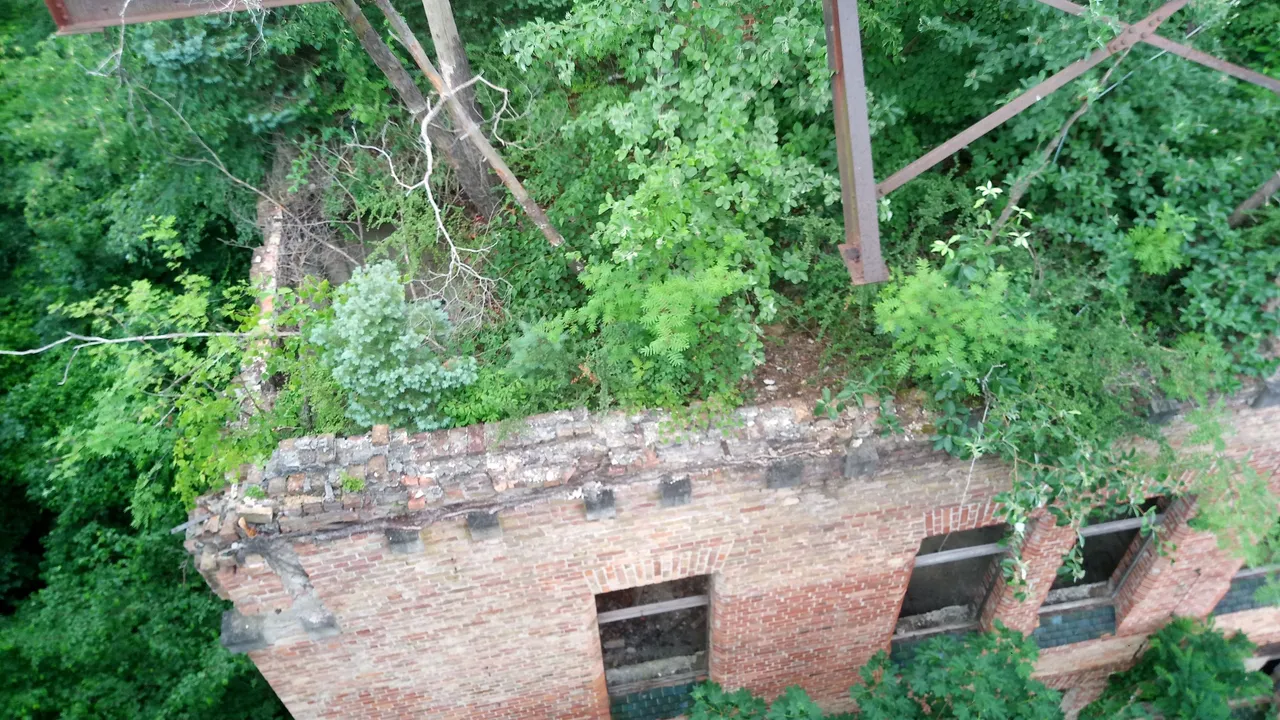Only about 20 km southwest from Potsdam, there is a curious site in the woods of Brandenburg: an ancient health care institution, deteriorating and slowly returning to nature. Last weekend I was lucky enough to see it for myself, and I'm still not sure if I should consider myself lucky to have seen the best it will ever look, or if it's on the brink of being turned into something completely different. But let me start at the beginning.
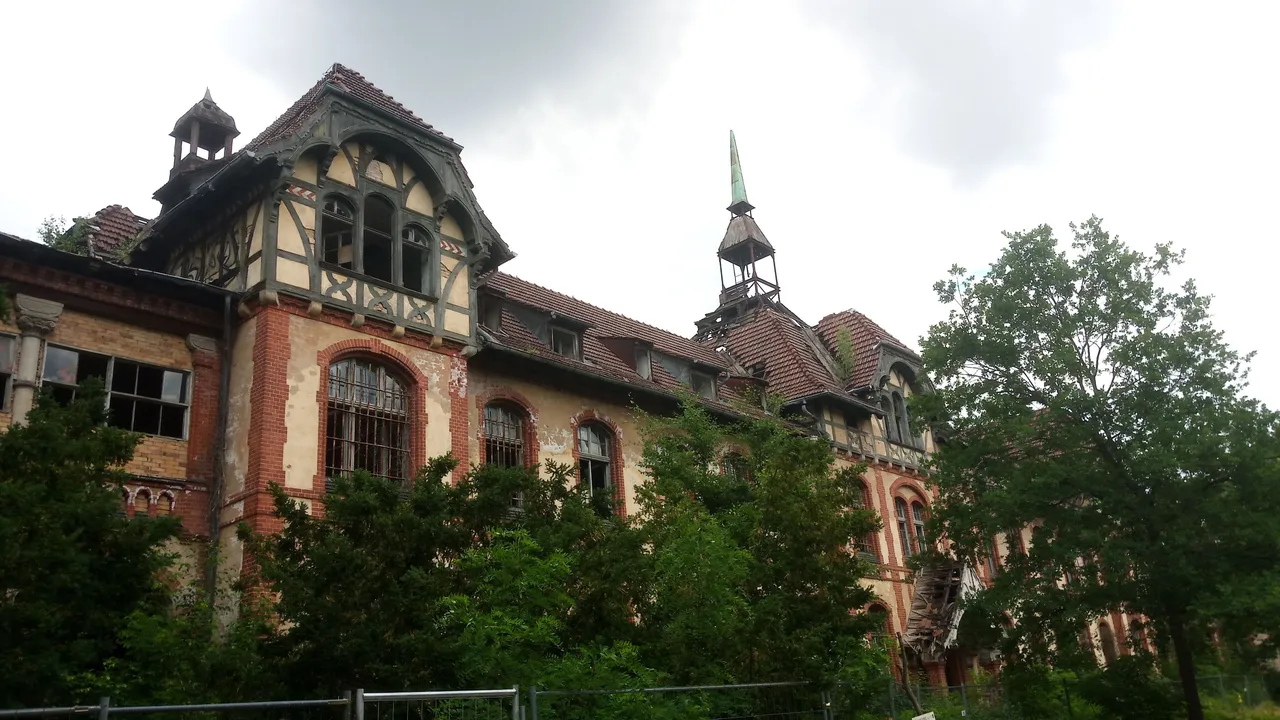
Back to the Previous Great Pandemic
At the end of the 19th century the rapidly growing city of Berlin, just like most European metropolises, was subject to a raging disease: just about every second human was plagued with the respiratory affliction called tuberculosis. This fifty-fifty ratio applied to the cause of half the deaths too, and unfortunately also to the recovery rate - half of the patients simply didn't get better. (Yeah Covid, that's what a REAL deadly disease looks like!) The reason for this epidemic was quite obvious, I believe even for folks back then: the living conditions of the working class were simply unbearably low, with numerous people crowded in dark, damp quarters, with minimal access to sanitary facilities.
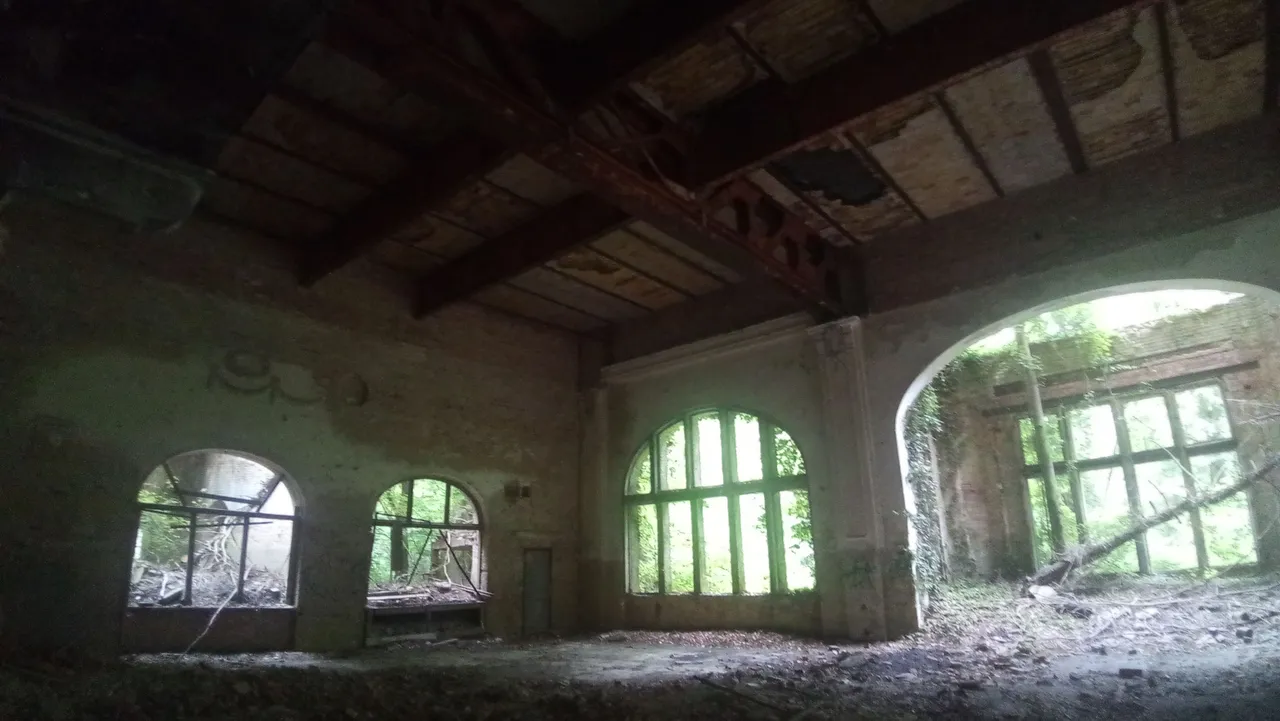
While it didn't seem to bother anyone seeing the majority of their neighbors being forced into those conditions, having a contagious and deadly disease out on the rampage soon caught the attention of the authorities. Thus, the Beelitz Sanatoriums were created, using the funds of the first health insurance company of Germany. Sixty buildings on an overall area of 200 hectares (almost 500 acres) provided the conditions for recovery to over 1200 patients, with a level of luxury that sounds even fancy for my own standards: brightly lit and well ventilated rooms, plenty of sunshine and pure forest air, applied hydrotherapy, and a menu of the most delicious foods, and heaps of it! Even alcohol was included in the plan, but no sex, as the entire complex was strictly separated into male and female areas.
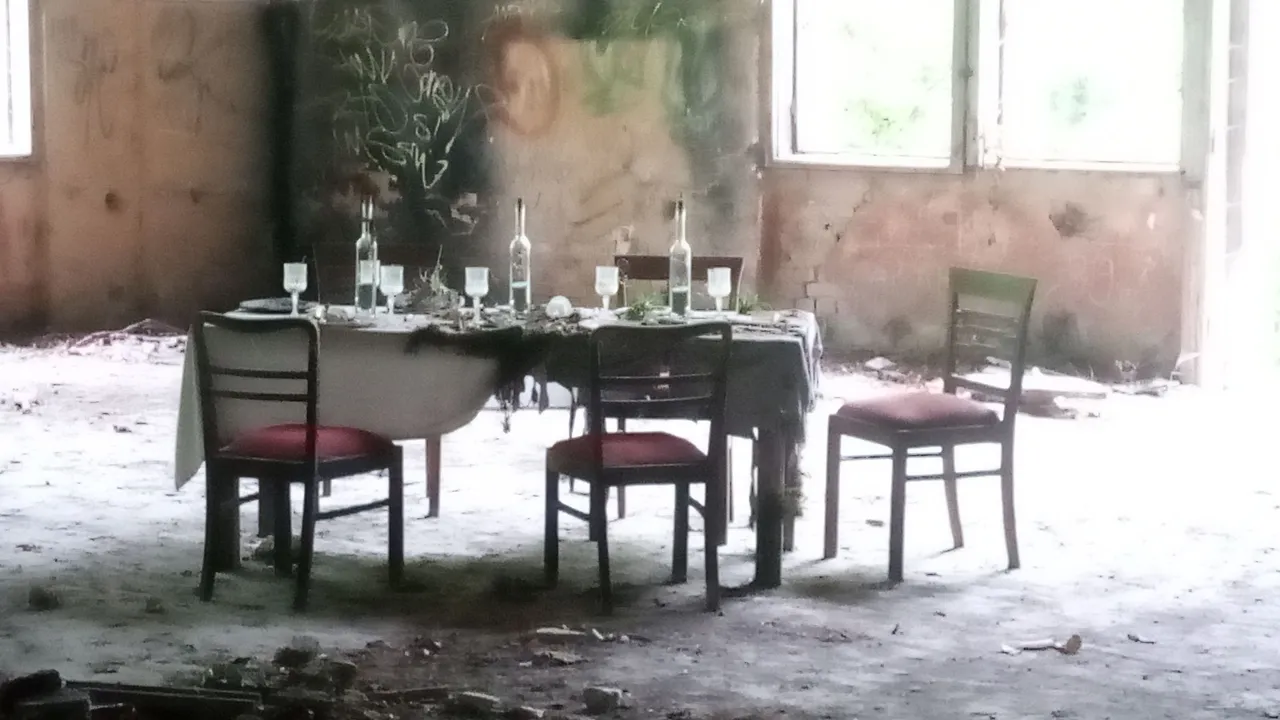
From Military Sickbay to Elite Soviet Hospital
Thanks to improved living conditions (and later to antibiotics) tuberculosis lost its frightening nature, though the Sanatoriums of Beelitz continued being an important center for the treatment and medical research in Germany. During the world wars, of course, the facilities were used for the military effort, and thanks to its intentionally low-density planning, were able to accommodate huge numbers of veterans (including Adolf Hitler in 1916). After WWII the Red Army completely took over the premises, and turned it into the most prestigious medical complex of the Soviet Union (even though located outside the USSR). Here the most important elite patients of the Soviet Union were treated for all kinds of ailments, using top-notch medical science and technology.

Abandonment and Decay in the 21st Century
Even though the German reunification was completed in 1991, it took the Soviets (meaning the Russians) two more years to completely clear the premises of the Beelitz Sanatoriums. While it was a far cry from its heydays a century before, it was a functional and well equipped hospital they left behind. Clearly, the intentions were to maintain and update it, or at least continue its intended use as a medical facility. However, the project ran aground due to problems of financial and regulatory nature. So after the company in charge became insolvent, the entire site became the victim of looters and vandals, and soon the old sanatorium became unrecognizable.
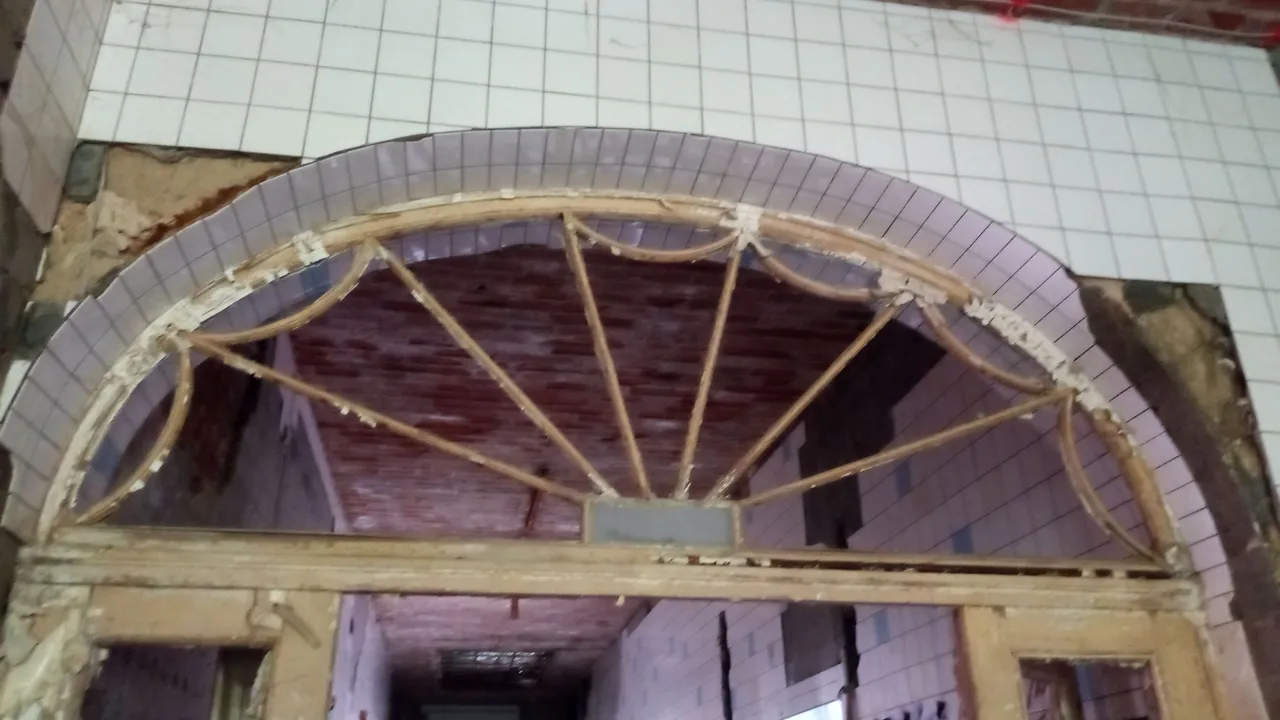
Ravers came from near and far to have crazy parties, the walls started sprouting graffiti, and gradually most of the huge window panes and wall tiles were broken. It was during these years that the site became a hotspot for Ghostbusters, thanks to the creative effort of a joker, who enjoyed scaring the adventurous urban explorers. He was eventually caught by a like-minded fellow, and the two continued frightening visitors for a while.
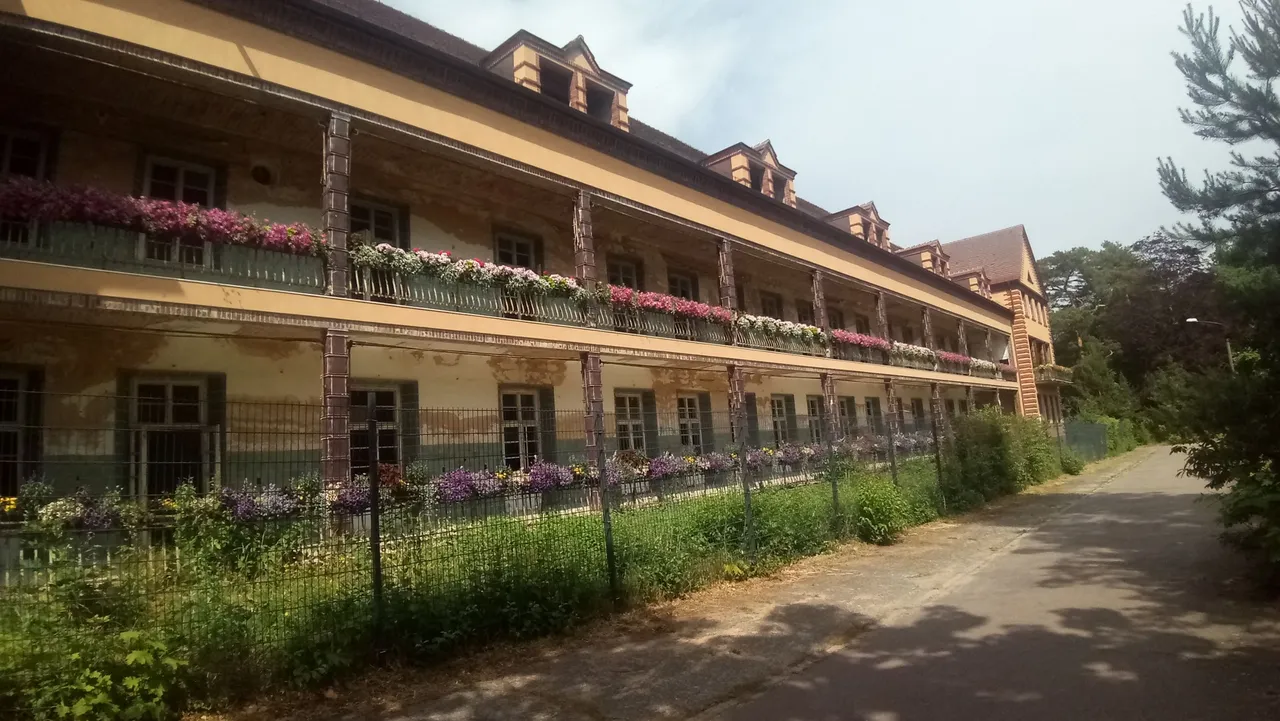
Treetop Path and a Hope for Restoration
Eventually, in 2015 the party was over, as a company managed to buy the well abused complex. Though there are plans to somehow return to the originally intended purpose of the site in terms of health care, at the moment the attention seems to be the historical significance of the place. But even that is pretty hard to accomplish, given the general condition of the buildings. So to attract tourists, a tree-top path was built, the first one in Germany, which has proved to be a great crowd-pleaser and money-maker, and has been replicated in other places.
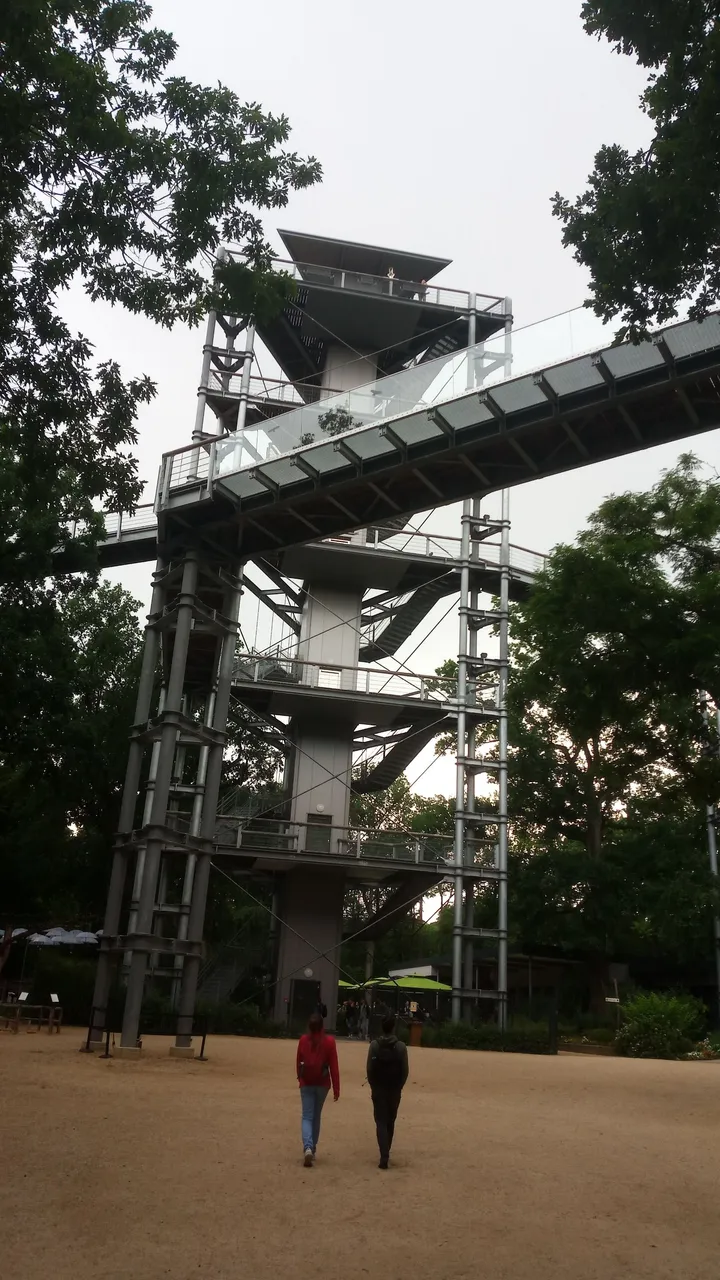
Today you can go up on a 20 meter (60 feet) tall tower, from where a trail takes you around among the tree boughs. Informative signs offer interesting information about the types of trees you can see from an unusual angle. To add an extra bit of tourist attraction, there is a "giant hammock" and a "sky boa", a type of tube you can crawl through. As neat as all of this is, it has very little to do with the sanatorium.
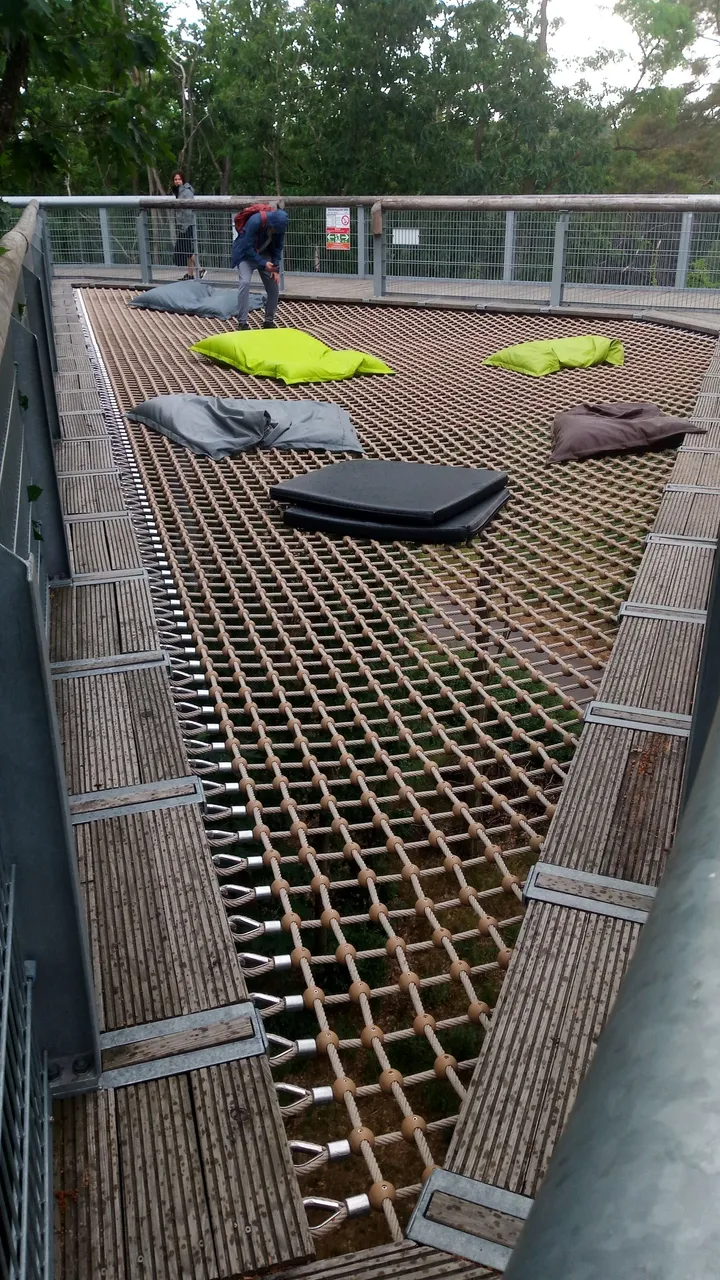
However, there are highly interesting and very engaging tours through the buildings, explaining a great deal of the history of the place. We went on two of these: The Alpine House gave us some impressions on the life in the tuberculosis sanatorium, and the Surgery offering even more info on the disease, and the various forms of its treatment throughout the ages. The one thing this tour reassured me of, is that on one hand the horribly primitive treatment methods heppened really not that long ago, and on the other, that even in our supposedly advanced hi-tech reality, medical treatments are not any less primitive than before.

Beelitz Worth a Visit
Still, all things considered, I can totally recommend coming to the Beelitz to see the old Sanatorium. The guided tours are well worth it (though I'm not sure if they have them in multiple languages), the treetop path is spectacular any way you look at it, and the buildings... are impressive, in spite of their sorry state. Given the current trends, however, I can imagine that they would turn into something even more seemly than the hospital ruins they presently are. Let's hope for the best.
